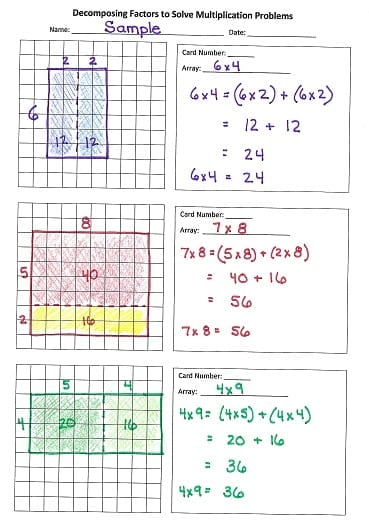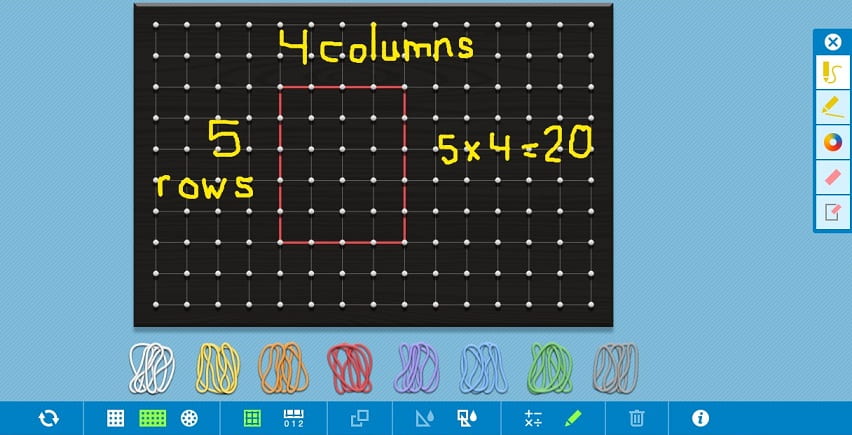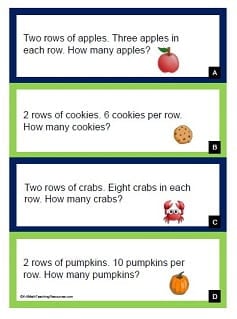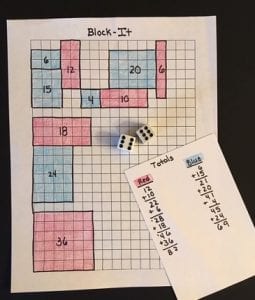by C. Elkins, OK Math and Reading Lady
Yes, you can even use ten frames to teach multiplication concepts! Here are my mini ten-frames with dot cards from 1 – 10: Click HERE to get a free copy. These are helpful to use, especially if you don’t have enough tens/ones blocks . . . or you prefer manipulatives that are slightly easier to manage. These provide a strong connection to place value, and the commutiative and distributive properties.
I recommend two sets of the cards (1-9) per student. Each set has multiple copies of the same number. They can be laminated, cut, and placed in a baggie for ease in handing out and storage.
Multiplication Examples:
- Single digits (basic facts):
- For the problem 3 x 6, the ten frame is really helpful for the student to see 3 x 6 is almost like 3 x 5 with one more group of 3 added on (by being familiar with the fact that the top row on a ten frame is 5).
- Because of the commutative property, I know these two facts will have the same answer. But which of these below do you think might be “easier” to solve? Students don’t often know they have a choice in how they can use the numbers to their advantage!
- 6 x 3 (six groups of 3)
- 3 x 6 (three groups of 6)
- Double digit x 1 digit:
- Use of these also provides a strong connection of place value and multiplication. Notice how students can see the breakdown on the 4 x 12 problem (4 groups of 12 = 4 x 10 plus 4 x 2). Great introduction to the distributive property of multiplication!
- Here is where application of the commutative property also comes in handy. Which of the methods below would you rather use to solve: count by 4’s or count by 12’s? Again, show students how to use their strengths to decide which way to think about solving the problem.
- Even though the number of total pieces might seem to be a little overwhelming, it definitely is worth the effort for a few lessons so students get a visual picture of the magnitude of the products.
- 12 x 4 (12 groups of 4)
- 4 x 12 (4 groups of 12): or 4 x 10 plus 4 x 2
- Here are other ways to model multiplication problems with manipulatives like base ten rods or base ten disks.
- Notice: 4 groups of 30 fand 4 groups of 2
- 4 x 32 = (4 x 30) + (4 x 2)
After students get practice using these manipulatives (concrete), then proceed to pictorial models to draw them as simply as possible. This will give them a good foundation to apply to the abstract (numbers only) problems. I always pitch for the CPA progression whenever possible!!!
I will pause a while for the summer and just post once a month until school starts up again. Take care, everyone! But please don’t be shy. Post your comments, ask your questions, etc.

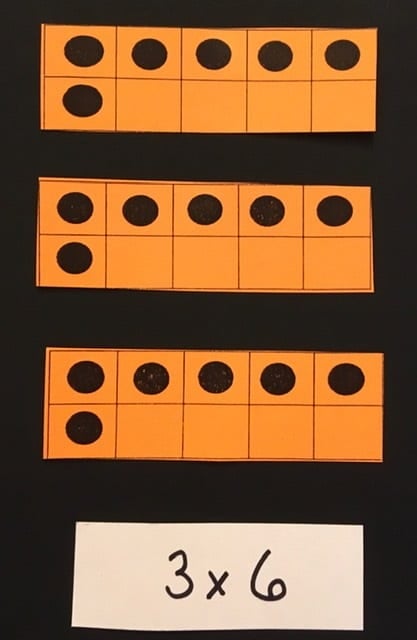

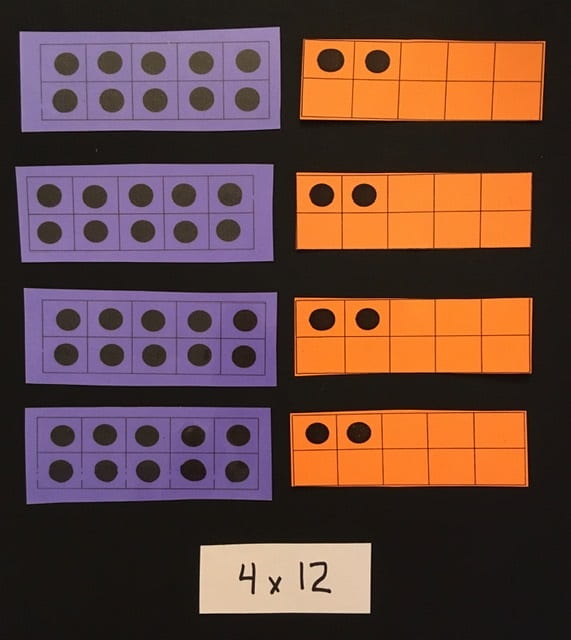
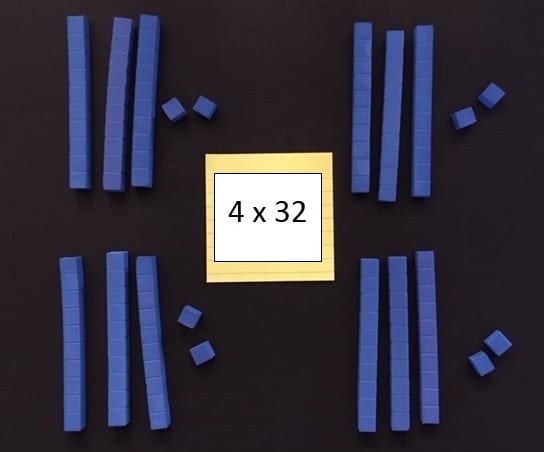
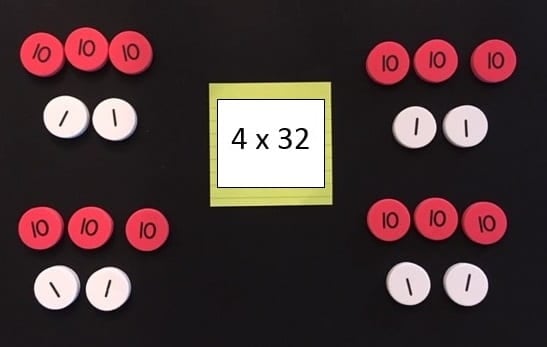


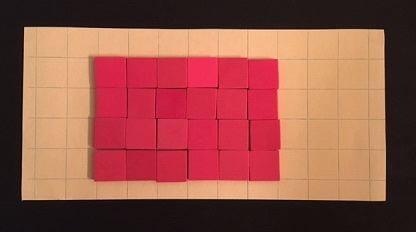

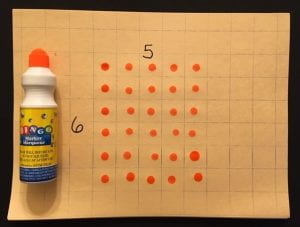

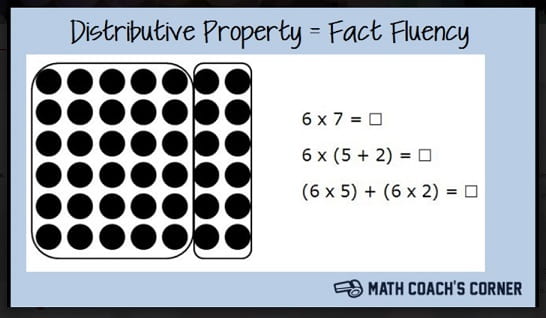 Here is a link to Math Coach’s Corner (image credited above) and a great array resource:
Here is a link to Math Coach’s Corner (image credited above) and a great array resource: 